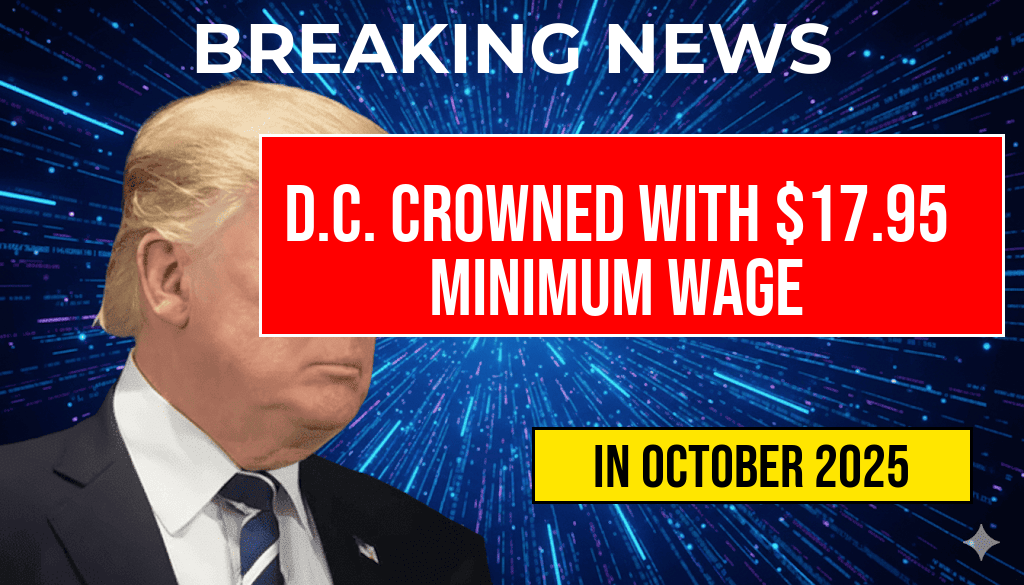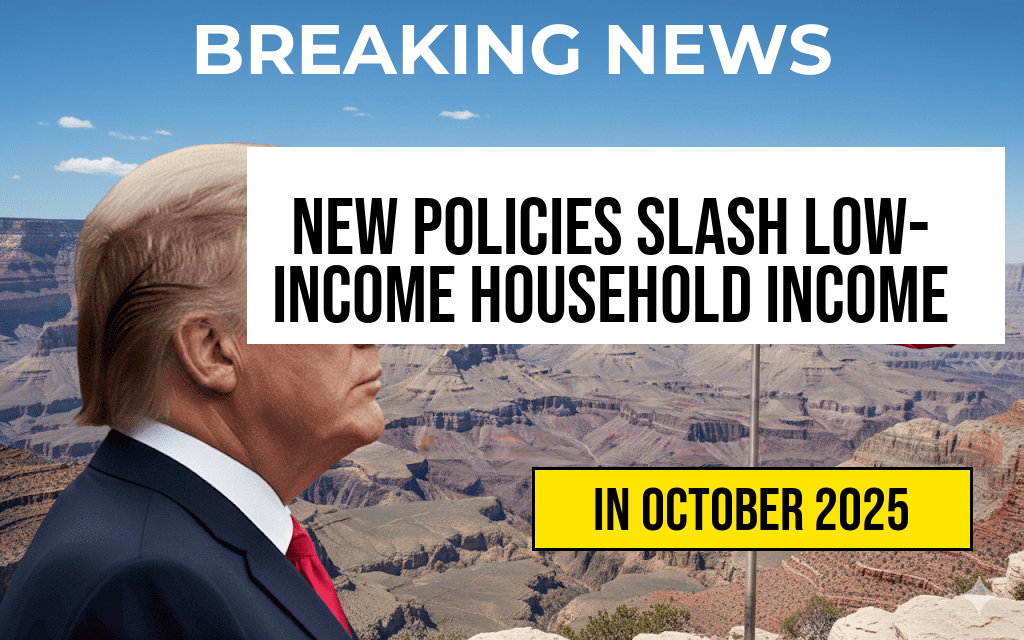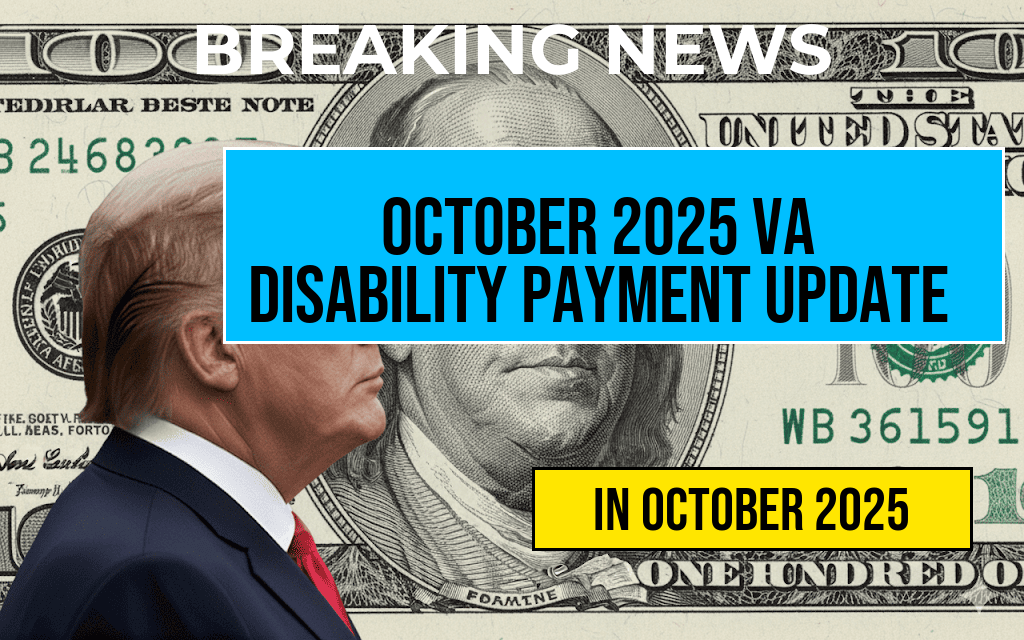New policies proposed by federal and state governments are set to significantly reduce the financial support for low-income households, potentially slashing their annual income by an estimated $1,650. This alarming development has raised concerns among advocates for low-income families, who argue that such cuts could exacerbate existing economic disparities and push more families deeper into poverty. The new measures include changes to social safety net programs, adjustments in eligibility criteria for assistance, and proposed cuts to food assistance programs, all aimed at reducing government spending. Critics argue that these changes disproportionately impact those who are already struggling to make ends meet, while proponents claim they are necessary to promote fiscal responsibility.
Overview of Proposed Policy Changes
The recent proposals targeting low-income households come in the wake of a broader government initiative to streamline welfare programs. Key components of the policy changes include:
- Reduction in Food Stamp Benefits: The Supplemental Nutrition Assistance Program (SNAP) is expected to face cuts that could lower monthly benefits for millions of families.
- Changes to Housing Assistance: Proposed adjustments to the Housing Choice Voucher Program may restrict access for low-income families, resulting in higher housing costs.
- Eligibility Criteria Adjustments: Modifications to income thresholds for various assistance programs may disqualify many families who currently rely on these resources.
Potential Impact on Low-Income Families
The potential financial implications of these policy changes are dire for many households. According to a report from the Center on Budget and Policy Priorities, the median annual income for low-income families is already stretched thin, often hovering around $25,000. A cut of $1,650 represents a significant portion of their annual income, which can lead to serious consequences, such as:
- Increased Food Insecurity: Reduced SNAP benefits will likely lead to higher instances of food insecurity, putting children and adults at risk of malnutrition.
- Housing Instability: Families may face difficulties in affording stable housing, leading to increased homelessness or reliance on temporary shelters.
- Healthcare Access: Cuts to assistance programs can limit access to affordable healthcare, further jeopardizing the well-being of low-income individuals.
Responses from Advocacy Groups
Organizations that advocate for low-income families have voiced strong opposition to the proposed changes. Groups such as the National Poverty Center argue that these policies will not only harm vulnerable populations but will also have long-term economic repercussions. They contend that the reduction in support will lead to higher costs for emergency services and healthcare systems, as families struggle to cope without adequate resources.
Community Reactions
Reactions from community leaders and families affected by the policies have been overwhelmingly negative. Many express concern that the proposed cuts will force them to make difficult choices between essential needs, such as food, housing, and healthcare. Local food banks and charities are already preparing for a potential surge in demand, as families face increased difficulties in meeting their basic needs.
Government Justifications
Proponents of the policy changes argue that the revisions are necessary to address the nation’s budget deficit and to create a more efficient welfare system. They assert that the changes will encourage self-sufficiency and reduce dependency on government assistance. However, critics counter that such arguments fail to recognize the systemic barriers that low-income families face in achieving economic stability.
Conclusion and Next Steps
As these policies move through the legislative process, the future for low-income households remains uncertain. Advocacy groups are mobilizing to push back against the proposed cuts, urging lawmakers to consider the broader implications of reducing support for vulnerable populations. Public opinion appears to be shifting as more individuals become aware of the potential consequences, suggesting that future debates will focus not only on budgetary concerns but also on the moral imperative to support those in need.
Frequently Asked Questions
What new policies are affecting low-income households?
The new policies introduced by the government aim to reduce benefits and assistance programs, which could significantly impact the income of low-income households.
How much income is expected to be lost due to these policies?
It is estimated that these policies could lead to a loss of up to $1,650 in annual income for families already struggling to make ends meet.
Who will be most affected by the income cuts?
Low-income households, particularly those relying on government assistance programs, will be the most affected by the income cuts resulting from the new policies.
Are there any proposed solutions to mitigate the impact of these policies?
Advocates are calling for increased funding for social services and alternative measures to protect the income of vulnerable households against these new cuts.
What can individuals do to respond to these changes?
Individuals are encouraged to engage with local community organizations, advocate for policy changes, and seek out resources that can help mitigate the impact of the income slashes.











